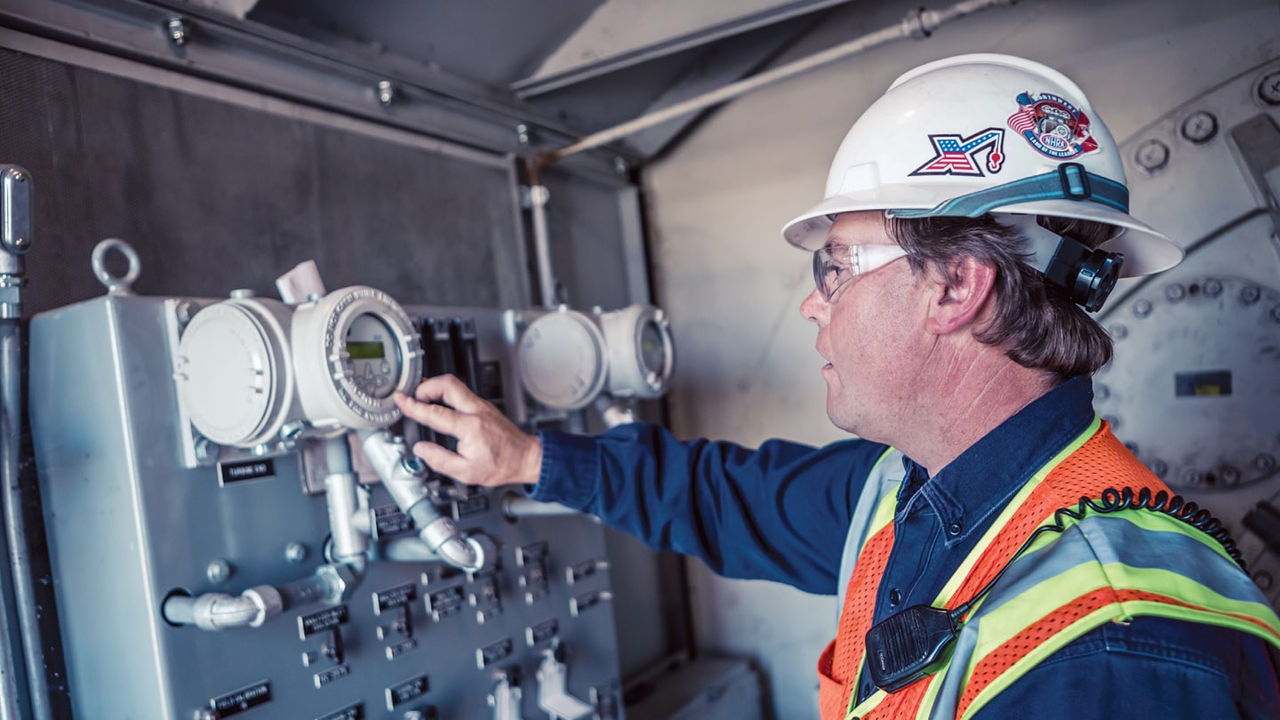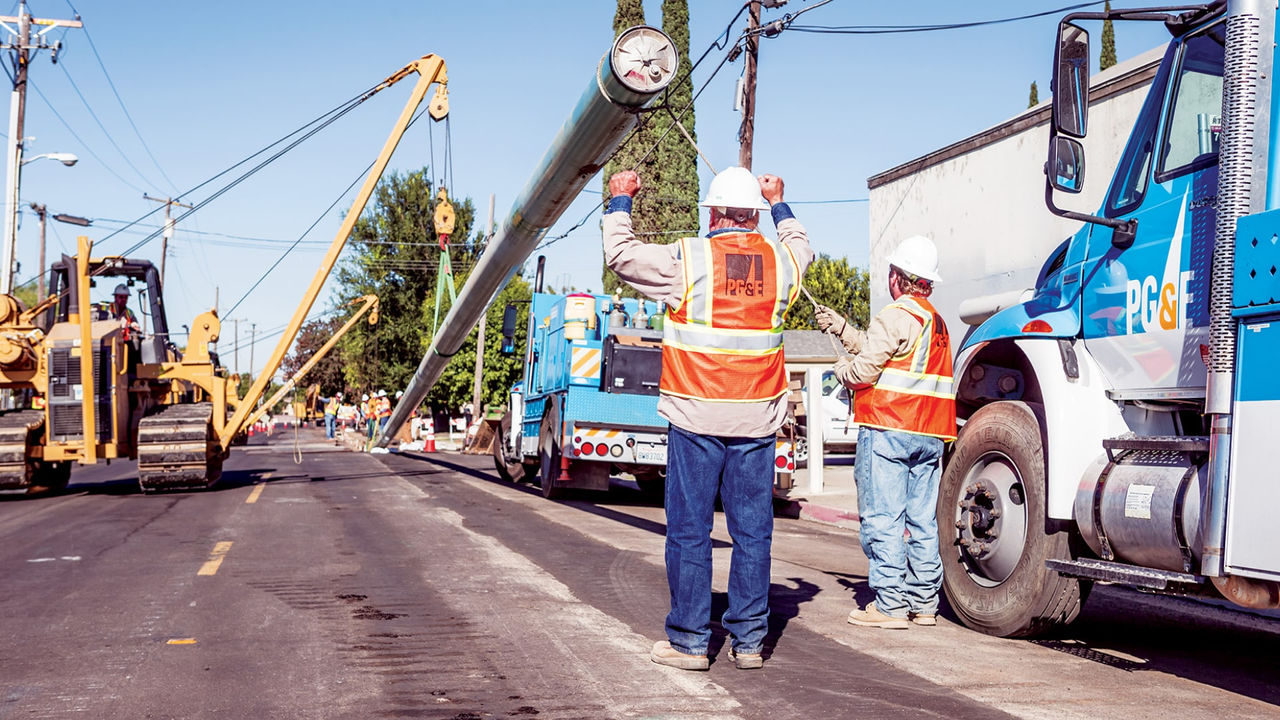©2024 Pacific Gas and Electric Company
Error: Field cannot left blank.
Error: Invalid entry. Do not use equal signs [=] or colons [:].
Error: Field cannot left blank.
Error: Invalid entry. Do not use equal signs [=] or colons [:].
Natural gas systems
From the ground to you, learn how we deliver natural gas.
Electric systems
We deliver energy through electric transmission and distribution systems to our customers.
Hydroelectric system
The history of this hydroelectric network dates to the California Gold Rush.
Hydrogen to Infinity
We believe hydrogen will play a critical role in California’s decarbonized future.
Research and development
Learn about PG&E research and development shaping tomorrow's energy system.
More PG&E systems resources
Transmission projects
Learn how PG&E is reinforcing the electric transmission system throughout the area we serve.
Pipeline
Read more about pipeline inspection, replacement, and safety initiatives
Gas Tools
Learn about our commitment to safety of the communities we serve. We work every day to enhance gas pipeline safety.
©2024 Pacific Gas and Electric Company


